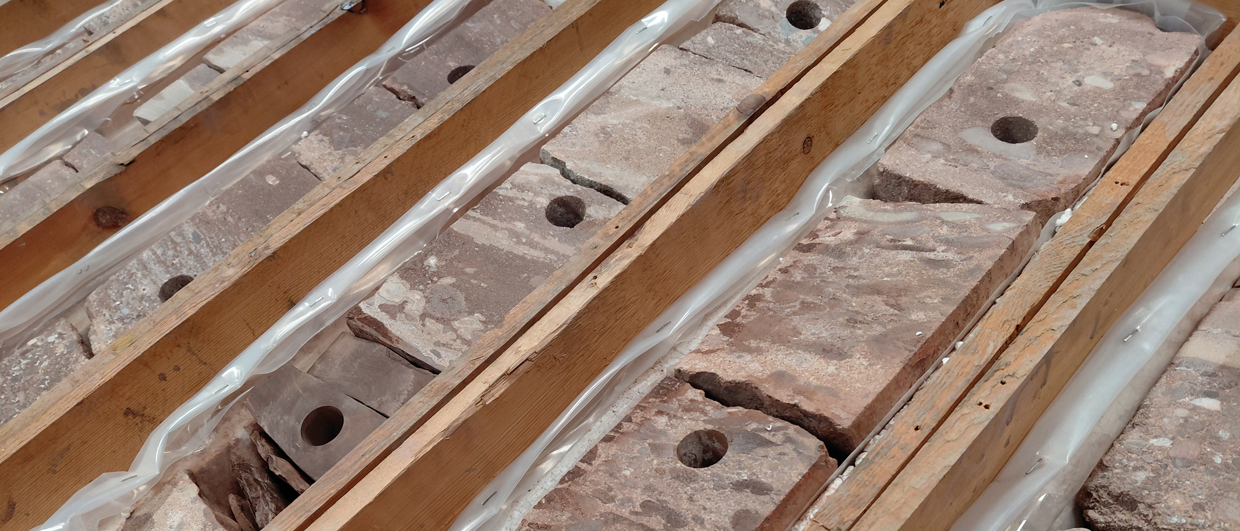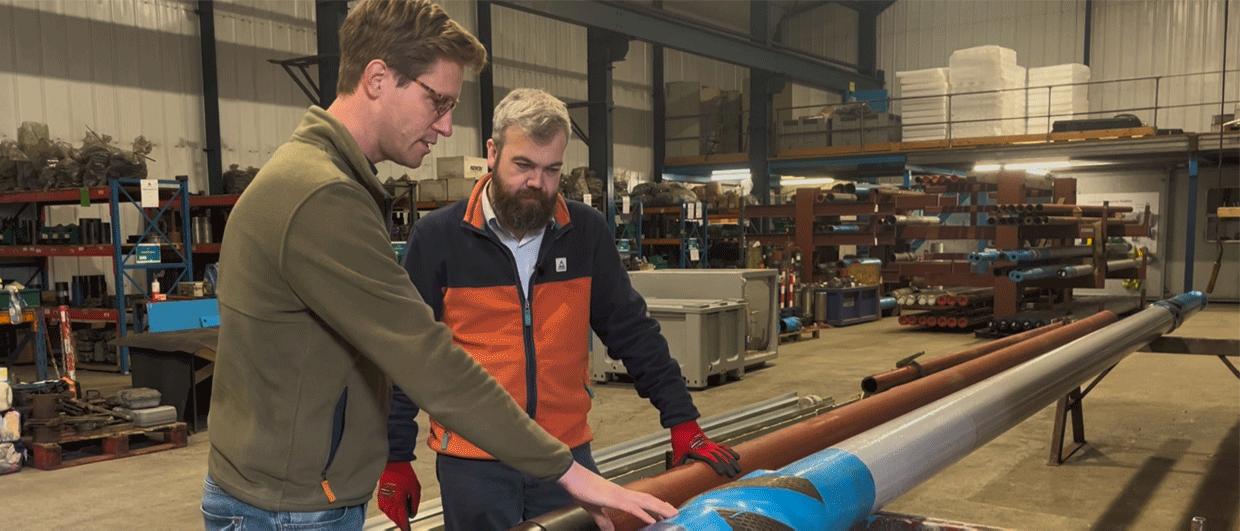Until wireline logging came into swing, cutting core was the most important way to obtain reliable information about the targeted formation. With the advance of wireline logging though, the need to cut core has diminished, but it has certainly not entirely disappeared. Especially in exploration wells, cores are still cut routinely because of the value these samples bring when it comes to better understanding reservoir parameters.
A downside to coring, especially at great depths, as often happens in the oil and gas industry, is the fact that at the moment the wellsite geologist calls coring point, the drill string needs to be pulled out of the hole in order for a coring assembly to be fitted. This adds significant rig time, which is why drilling managers are not always keen on seeing core taken.
But, it would be a lot easier though to convince a drilling manager to cut core when a coring assembly is already down the hole whilst “conventional” drilling is taking place. This was already realized in 1969 when a patent was filed by Mr or Mrs Elenburg, who suggested pumping shorter segments of core to surface in the drilling fluid rather than keeping them in a core barrel down the hole. Apparently, this solution did not make the cut though, leaving a range of other mechanisms to be proposed over the years, with many of them having some sort of limitation.
Norwegian company CoreAll now seems to have found a solution that enables one assembly to alternate between coring and drilling whilst being able to log the core as it enters the barrel, thereby enabling geologists to evaluate the core in real-time. This has led to a major reduction in rig time, with much less or no tripping required anymore.
Even though the company was not available for comment, the five patents that were filed by the company over the past years can be easily found through Google Patents. Every patent also comes with a description of the technology and a history of previous inventions in the same category. As such, everyone can easily check what the invention is about and how to potentially develop something else that may be even better.
And competition is fierce in the world of coring. We came across a magazine called Coring Magazine, which is produced by a team in Bulgaria. One of the articles runs the following headline: “BG Drilling launches its latest development to compete with Norwegian technology.” Let’s put it out there. The article is probably alluding to Norwegian technology that is more applicable to the mining sector, but the tone says it all. Maybe that is why CoreAll was not so keen to talk to us about their invention?





